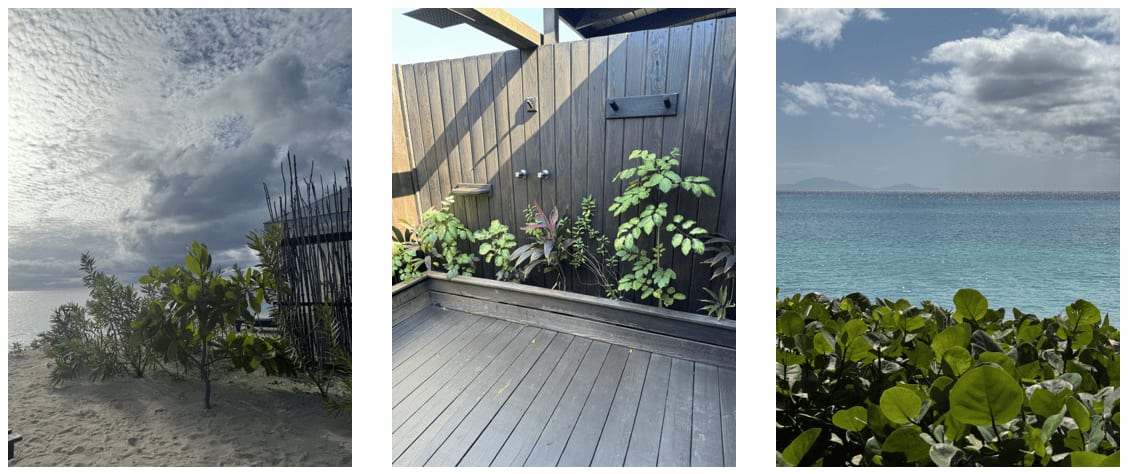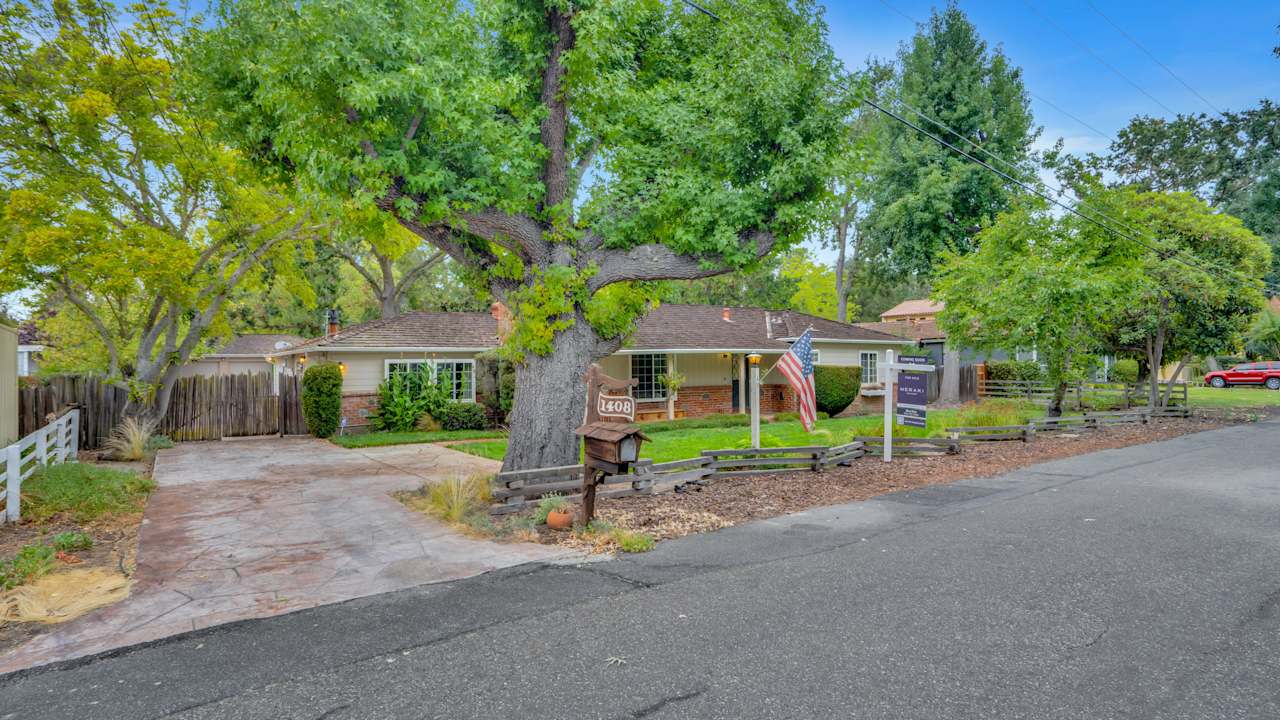Revolutionizing Senior Living: How Urban Planning Can Facilitate Aging in Grace


Aging in place is a growing preference among older adults, yet the challenge remains in providing suitable, accessible housing options within our communities. As the demographic landscape shifts towards a significant increase in the senior population, urban planners are tasked with a critical role. They must devise innovative and sustainable housing solutions that not only cater to the needs of the elderly but also integrate seamlessly into existing urban frameworks.
In this article, you will learn:
Read on to discover how changes in urban planning can significantly improve the living standards for our aging population, making it possible for them to age gracefully within their beloved communities.
The concept of aging in place has become increasingly popular among today's older adults who envision a more active and engaged lifestyle during their golden years. This shift necessitates a corresponding change in urban planning and housing design to accommodate these evolving needs. Urban planners face the challenge of creating environments that are not only accessible but also conducive to maintaining an active, community-oriented lifestyle.
Bridge Meadows in North Portland, Oregon, exemplifies this approach with its intergenerational living model, which fosters a vibrant community atmosphere while providing affordable housing options for seniors. Similarly, the Kallimos Communities in Loveland, Colorado, are designed to be walkable and multigenerational, although they currently face regulatory hurdles that underscore the typical challenges in innovating senior housing.
From Oregon to Illinois, and notably in Loveland, Colorado, innovative housing models like pocket neighborhoods and co-housing communities are emerging. These models focus on creating small, manageable living spaces that are integrated into the community, promoting both independence and interconnectivity among residents.
For example, Loveland's planning department has introduced urban cottage lots, which allow for the development of smaller homes that are easier for seniors to manage. These homes are arranged in clusters to foster a sense of community and ensure that residents do not feel isolated.
The integration of accessibility features and community spaces plays a pivotal role in enhancing the quality of life for seniors. These features include wider sidewalks, more visible pedestrian crossings, and the provision of communal spaces where residents can gather and engage in social activities. Such developments not only benefit seniors but also enhance the overall livability of the area for all residents.
Communities like Bridge Meadows not only provide housing but also focus on creating a supportive environment where older adults can enjoy a sense of purpose and belonging. This approach to planning recognizes that housing is not just about buildings but about creating spaces that promote health and well-being.
This article highlighted the critical role of urban planning in ensuring older adults can age gracefully within their communities. By focusing on accessibility, community integration, and innovative housing solutions, planners can significantly enhance the quality of life for the elderly.
Key takeaways include:
Looking forward, urban planners and community leaders must continue to prioritize these aspects and seek innovative solutions to accommodate the growing senior population effectively. For those interested in further exploring the intersection of urban planning and senior living, delving into the specifics of regulatory challenges and successes in this area can provide deeper insights and actionable strategies.
Stay up to date on the latest real estate trends.

Real Estate
Mastering the Essentials of Probate Real Estate Transactions

Senior / Older Adults
Embracing the Future: Urban Planning for an Aging Population

Real Estate
Timing Your Move: Should You Wait for Mortgage Rates to Drop?

Rica's Heart
Rob and I set off for Antigua last month, celebrating our 20th anniversary

Real Estate
Understanding the Gradual Shift of Baby Boomers in Real Estate

Rica's Heart

Rica's Heart
Unlocking your love language

Rica's Heart
Dear Friends, I’m excited to share with you this year’s edition of the “Ruiz Review.” I started writing these on behalf of my family 19 years ago. Now, my 16-year-… Read more

Real Estate
Have you ever wondered if it would be easier to sell your own home? Here is why we are saying you can but you won't want to after reading this blog.
You’ve got questions and we can’t wait to answer them.